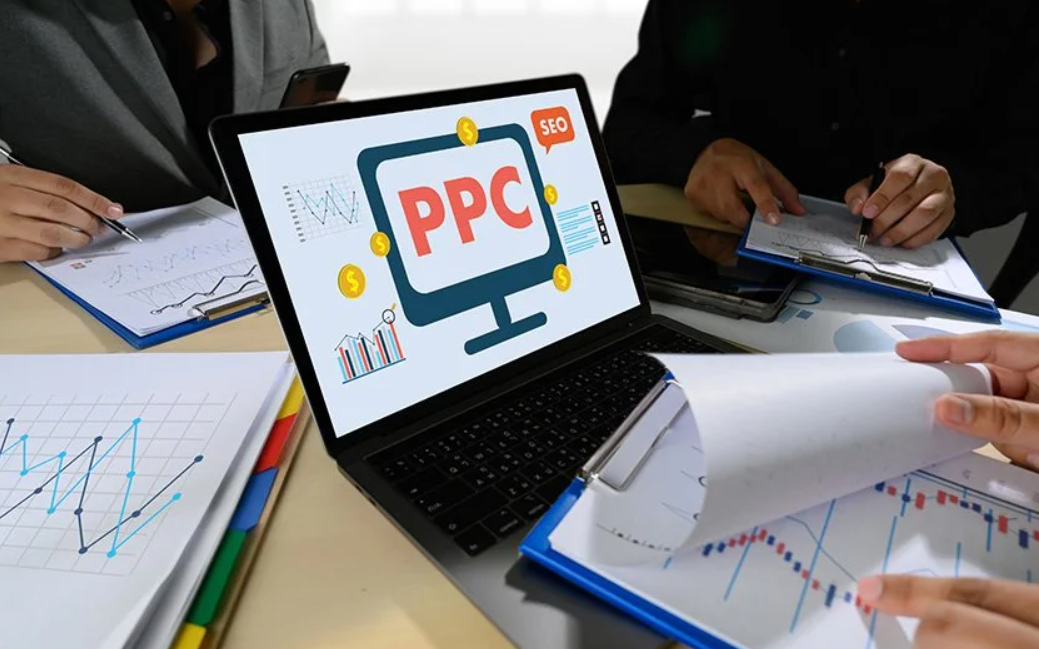Business
PPC for Small Business: 5 Tips to Drive More Revenue

PPC advertising is the key potential factor in a competitive digital marketplace for small businesses to achieve more revenue. Different from passive marketing channels, PPC allows targeting of customers who have shown an active interest in your products or services just when they are making the queries.
However, despite the fact that PPC is full of potential, business owners are usually overwhelmed when trying to work their way through all the PPC aspects. In this article, we will unfold actionable tips you can apply to maximize your PPC effectiveness and secure a return of investment focused on growing your customer base and increasing your profitability. Whether you’re new to online advertising or looking to sharpen your existing strategy, these ideas are strategically placed to give your small business the competitive advantage.
1. Start with a smaller budget & scale gradually:
Even if you don’t have a big budget, there’s no reason why you can’t start with PPC management services. Small beginnings enable you to get crucial facts about what works and what doesn’t while using minimum funding. Test different keywords, ad formats and targeting options to define those that lead to the best outcomes. With this outcome-based approach, you only increase your investment when you see your investment paying off.
Use the information obtained from your first campaigns to understand what works for you and where to spend more money. This gradual scaling-up process not only reduces your ad spend but also helps unravel the intricacies of customers behavior that is specific to your niche. Keep in mind that winning in the PPC is not only about having huge budgets it is because you have to make your dollar work for you.
2. A/B test what’s working:
A/B testing, or A/B split testing, is a basic strategy for your PPC campaigns’ optimization. The best way to pick the most effective version of your ad is to compare the two variations that have one changed element and discover which variation meets high CTR, CRO, and overall ROI criteria. There will be different elements to test that include headlines, descriptions, call-to-action (CTA), and different landing pages too.
This way of things you can draw informed conclusions which will help you maximize the efficiency of your ads. Continuous A/B testing are essentials for sustaining the competitive edge and maintaining your campaigns new and up-to-date. To have a clear picture from the test results, testing one element at a time is the way to go and always refer to statistically significant sample size.
3. Add negative keywords to optimize budget:
Effectively running your PPC campaigns is dependent on the inclusion of negative keywords, for the purpose of achieving better efficiency and cost-effectiveness. You can go with the PPC Packages to optimize your budget. These terms are specific and are what restrict the ad from showing up when searches do not conform. Through the process of finding and applying negative keywords, you can narrow down the wasted spending by removing irrelevant search queries that have no bearing on your campaign targets and your target customers.
To squeeze as much juice out of your budget, regularly check out your search query reports and get rid of non-converting terms. The existing search habits of the target audience should be kept in mind to make the negative keyword list more relevant, so that your ads are more likely to reach the audience which is interested in what you have to offer. As a result, CTR may rise, conversion rate becomes better, and finally, ROI for your PPC campaigns gets increased.
4. Optimize your landing pages:
Landing pages that have been optimized are the foundation of any successful PPC campaign because they are the first experience that customers have with your website after they have clicked on your ad. The main purpose of the landing pages is to create a continuity between the keywords set in your ads and the content of your website, providing the visitors with a smooth and relevant browsing experience.
The landing page will be effective if it is simple in its communication thereof, provides relevant and high-quality images, and has a strong CTA that guides the visitor to the desired action of either purchasing, signing up for a newsletter or doing something else. More than that, your landing pages should be not only visually appealing and certainly understandable but also optimized for conversions.
5. Leverage remarketing:
Remarketing is a powerful technique that helps you build relationships with customers who visited your site but did not make a purchase, or maybe did not complete some action that you were interested in. Cookies allow you to follow and retarget these visitors on other numerous channels, such as search engines and social media websites. Such a strategy puts your brand in front of customers and can drive up sales as users can be converted instantly as they have already heard of your product or service.
To get most of your remarketing campaigns, divide your audience into groups in terms of their online behaviors. Like this, you can show users specific ads depending on whether they added the product to their shopping cart and then abandoned it at the last minute.
In summary, PPC is a very efficient and cost-effective way for small businesses to promote their businesses. Through properly-written ads copy, relevant keyword targeting, and conversion-focused landing pages optimization you can create successful PPC campaigns that deliver traffic, generate leads, and drive sales. Bear in mind that the campaigns need to be monitored and adjusted accordingly, while incorporating the data and insights, to sustain the success.






















